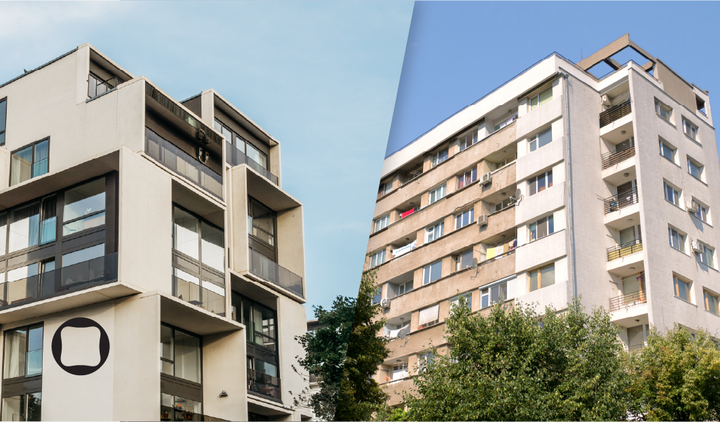How to Dismiss and Elect a New Building Manager (Condominium Administrator)
Procedure for Dismissal and Election
1. Convening a General Meeting The competent authority for electing or dismissing the building manager is the General Meeting of the condominium. According to the Condominium Property Management Act, a meeting must be announced by placing a notice in a visible and accessible area in the building. The notice must include the date, time, and location, as well as the agenda—specifically, the dismissal of the current manager and the election of a new one.
2. Voting on Dismissal During the meeting, the dismissal requires a majority vote representing over half of the ownership shares of those present.
3. Early Dismissal The General Meeting may also decide to dismiss the manager before their term ends if necessary. This must also be voted during a properly convened meeting.
4. Electing a New Manager The standard term for a building manager is two years. A new manager should be elected before this term ends. If not, the current manager continues until a replacement is chosen.
What If the Manager Refuses to Convene a Meeting?
1. Requesting a General Meeting If the manager ignores requests from owners, they can initiate a formal request, supported by signatures from at least 20% of the owners who hold at least 20% of the common shares. The request must include a meeting agenda.
2. Convening by Owners If the manager fails to act within 10 days, the owners have the right to call the meeting themselves—especially in urgent cases or if more than a year has passed since the last one.

Conclusion
Changing the building manager is a key step toward better management. By following the legal procedures, owners can act when the current manager is not fulfilling their role. This ensures shared property is managed efficiently and in the interest of all residents.






